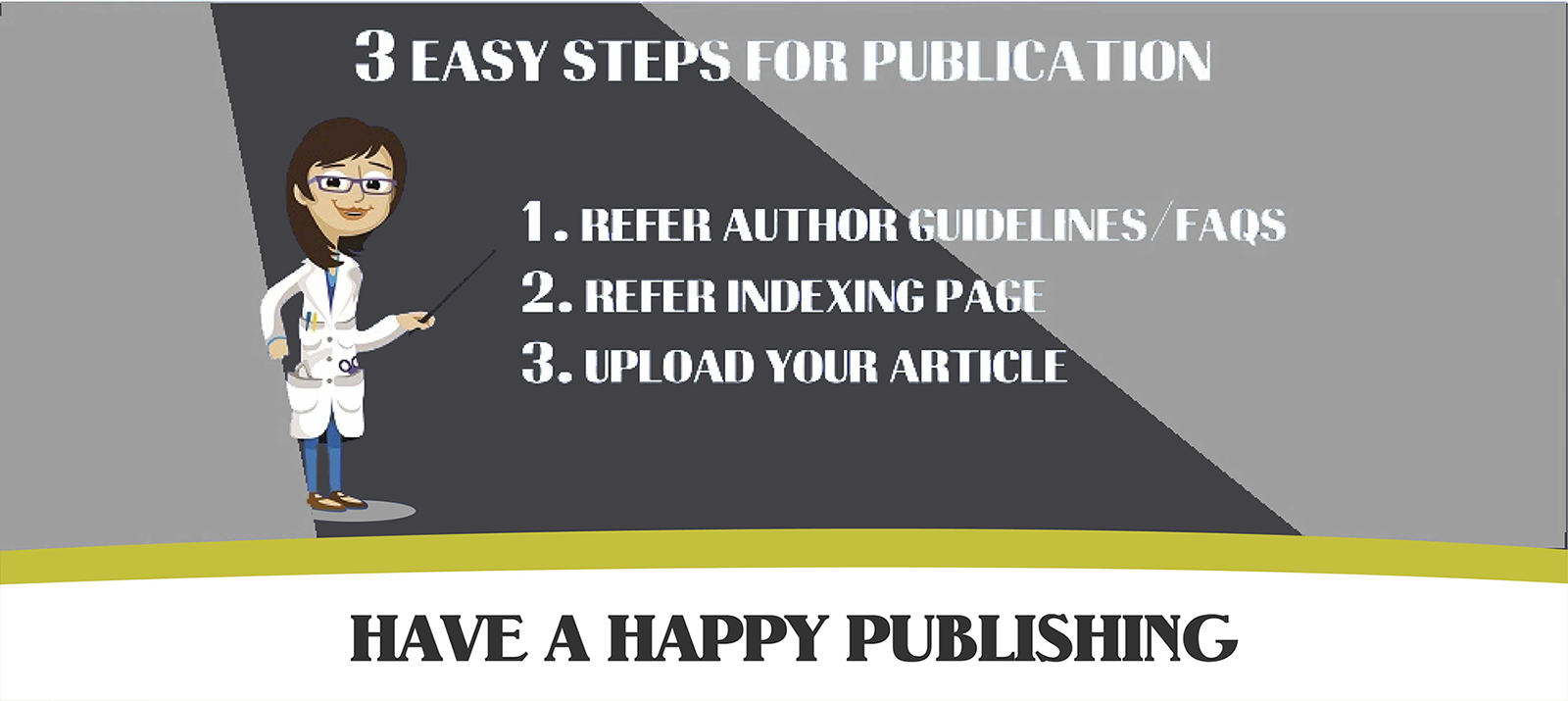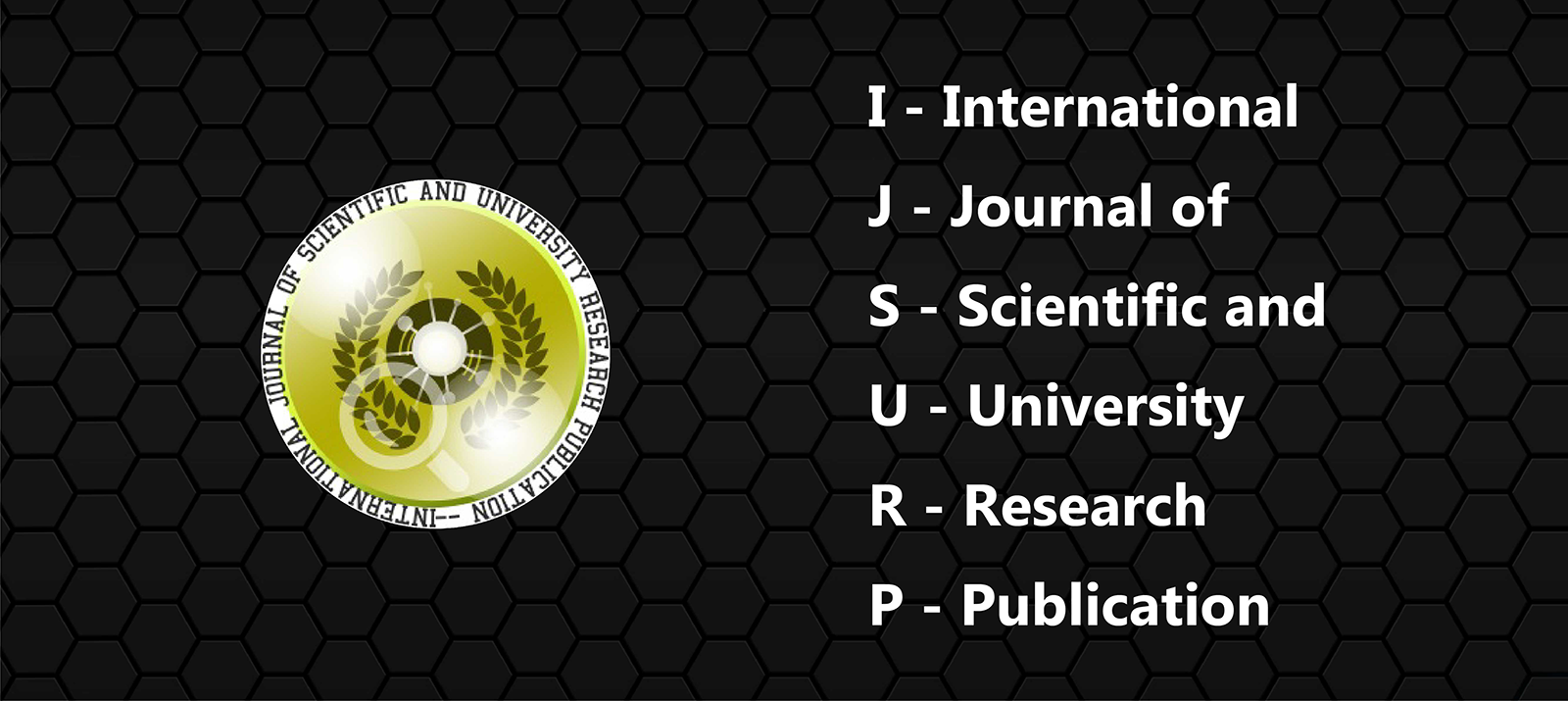Study of Fungal Isolates in Nasal Polyposis
Volume : (3), Issue : 211, February - 2017
Abstract : Objective : To study the frequency and species of underlying fungus in polyps of patients operated for nasal polyposis. Methodology: A total of 50 patients operated for nasal polyps were included in this study. Data regarding unilateral or bilateral polyposis and recurrence was collected from all the patients records. Post operatively the removed polyp material subjected to KOH wet mount direct examination and fungal culture. The findings are analysed. Results : Out of 50 patients 36 (72%) were in the age group of 31-60 years. Underlying fungus was present in 30 (60%) samples, out of them Aspergillus flavus 8 and Aspergillus fumigatus in 12. In this 50 cases 30 were bilateral polyposis with 22 fungal isolations and 20 were unilateral polyposis with 8 fungal isolations. In the study, 40 were first time operated with 21 fungal isolations and 10 were second time operated with 9 fungal isolations. Conclusion : Fungi could be considered as the causative factor in the development of nasal polyposis and Aspergillus was the commonest organism.
Keywords :Nasal polyps, Recurrent polyposis, Fungi, Aspergillus flavus, Aspergillus fumigatus.
Article: Download PDF Journal DOI : 2364/2018
Cite This Article:
in Nasal Polyposis
Vol.I (3), Issue.I 211






